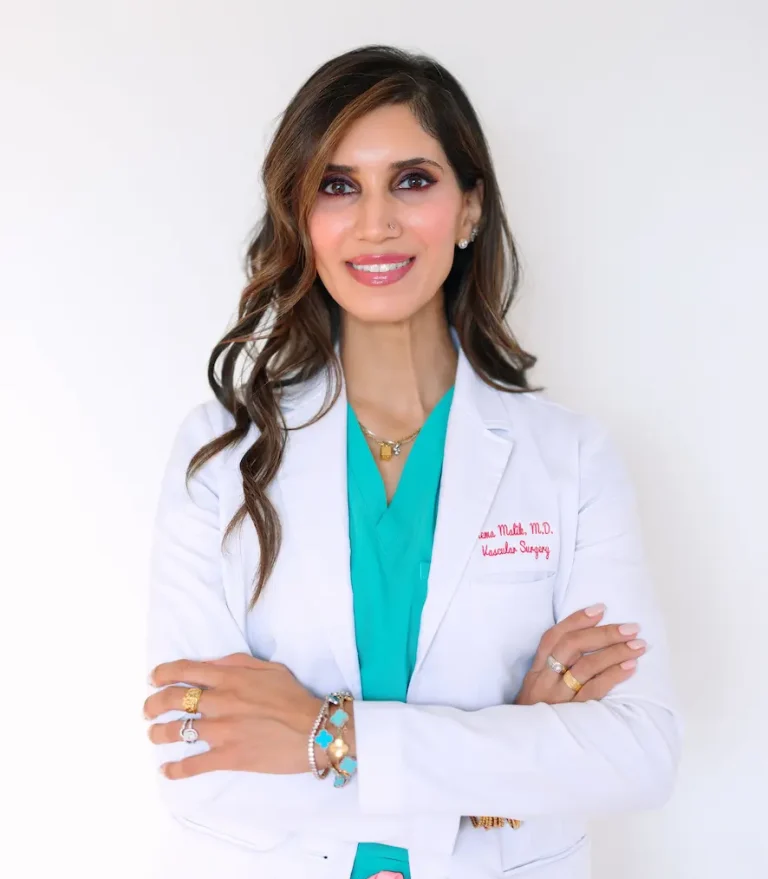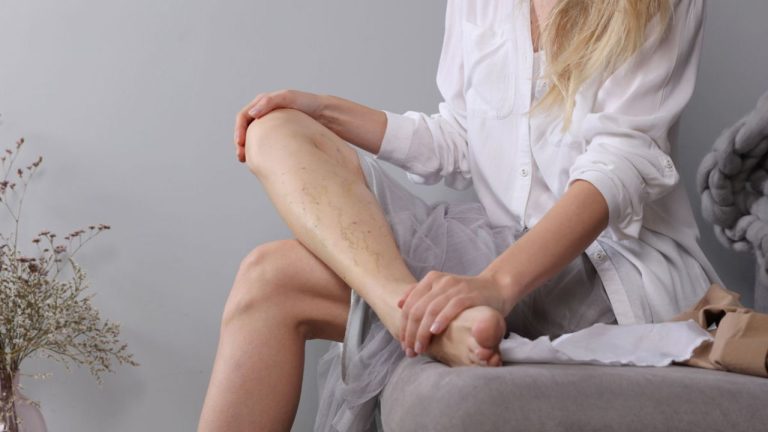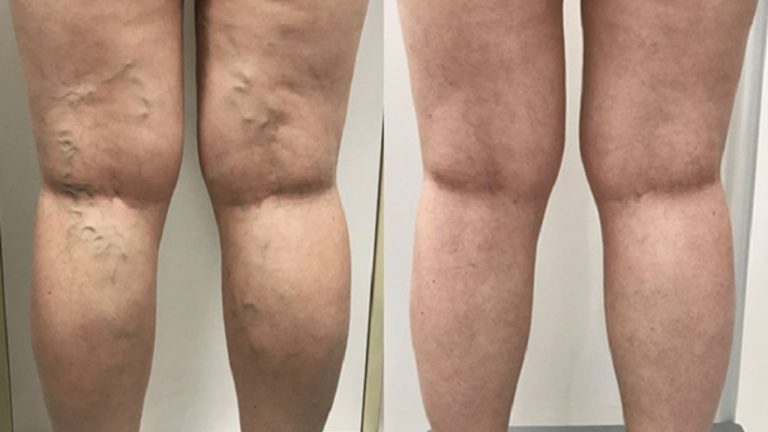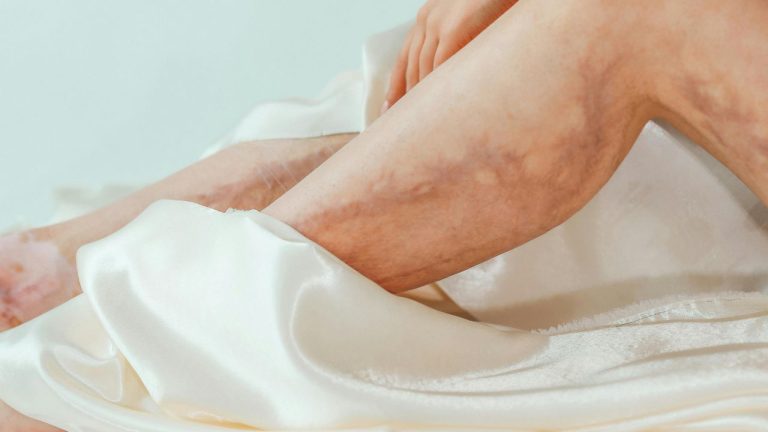Varicose veins are swollen, twisted veins that most commonly appear in the legs. While their bulging, rope-like appearance is noticeable, it’s often the discomfort – ranging from a dull ache to throbbing, burning, or heaviness – that drives people to seek medical attention.
This pain usually develops when blood pools inside the veins, valves fail to function properly, or inflammation and clot-related complications occur. Other factors like prolonged standing, pregnancy, or obesity can worsen the discomfort and increase the risk of vein problems.
By understanding why varicose veins hurt, you can take smarter steps to manage the discomfort, improve circulation, and prevent further complications.
We’ll also cover practical tips, lifestyle changes, and treatment options to help you find relief. Welcome to the rest of the guide -let’s explore how to ease pain and take better care of your legs!
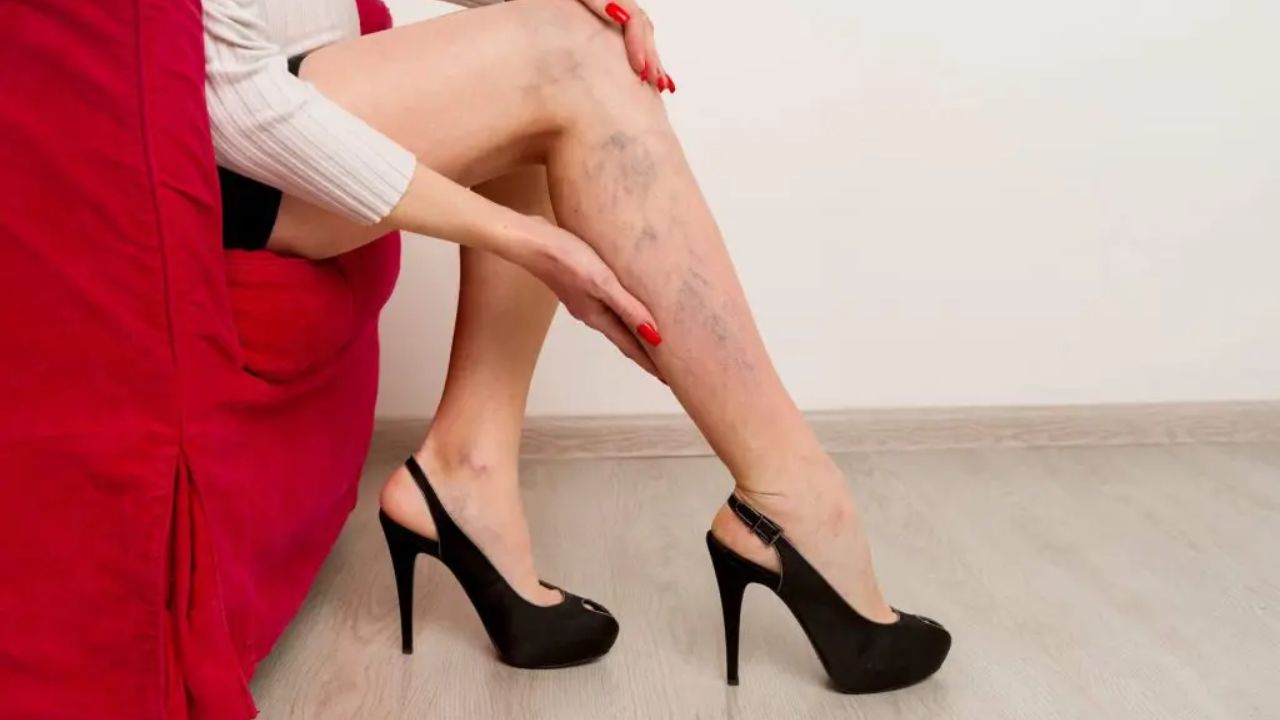
5 Causes of Varicose Vein Pain
Varicose vein pain is not just about the visible twisted veins; it occurs due to multiple physiological factors that disrupt normal blood flow and put extra pressure on the veins and surrounding tissues. Understanding these causes helps in effectively managing symptoms and preventing complications.
1. Blood Pooling and Increased Pressure
Varicose veins develop when the tiny one-way valves inside your veins weaken or fail. These valves normally prevent blood from flowing backward, but when they fail:
- Blood can pool in the lower legs instead of returning efficiently to the heart.
- This leads to increased pressure inside the veins, causing swelling and a heavy, throbbing sensation.
- The longer you stand or sit without moving, the more pronounced the discomfort becomes, as gravity worsens the pooling.
In short, blood pooling is the primary cause of that heavy, aching feeling in varicose veins.
2. Inflammation of the Vein Wall (Phlebitis)
When blood stagnates inside a varicose vein, it can irritate the vein wall, causing inflammation known as phlebitis:
- The vein may feel tender, warm to the touch, or slightly red.
- Pain often manifests as burning or throbbing in the affected area.
- In some cases, inflammation can worsen swelling and discomfort, making simple activities like walking or standing painful.
Inflammation also signals that the body is reacting to stress inside the vein, which is why managing swelling and pressure is crucial.
3. Muscle Fatigue and Leg Strain
Leg muscles normally act as a “pump” to push blood back toward the heart. Varicose veins make this process less efficient:
- Muscles have to work harder, leading to fatigue and cramping.
- Common symptoms include aching, heaviness, or nighttime leg cramps.
- The pain often intensifies after standing or walking for extended periods because the muscles are constantly under strain.
This is why gentle movement and stretching are recommended to relieve pressure and improve circulation.
4. Skin and Tissue Changes
Chronic varicose veins can cause fluid to leak into the surrounding tissues, leading to noticeable skin changes:
- Swelling in the ankles and lower legs.
- Itching, tingling, or a feeling of tightness in the skin.
- Discoloration or thickening of the skin over time.
In severe cases, untreated varicose veins can even lead to ulcers, which are painful sores that require medical attention.
5. Complications (Blood Clots)
Although less common, varicose veins can sometimes form blood clots, either in superficial veins (superficial thrombophlebitis) or deeper veins (deep vein thrombosis):
- This can cause sudden, sharp, or severe pain in the affected leg.
- Other warning signs include redness, warmth, swelling, and hard or tender veins.
Deep vein thrombosis is serious and requires immediate medical attention to prevent life-threatening complications.
Read Also: How Long Off Work After Varicose Vein Surgery
Symptoms That Accompany Pain From Your Varicose Vein
Varicose vein pain rarely occurs alone. Other symptoms often accompany the discomfort, signaling the severity or progression of the vein condition.
- Leg heaviness or fatigue.
- Swelling in the ankles or feet.
- Burning, throbbing, or cramping sensations.
- Visible bulging veins or skin discoloration.
- Pain that worsens after prolonged standing or sitting.
How to Relieve Varicose Vein Pain
Varicose vein discomfort can range from a dull ache to throbbing or burning sensations, making everyday activities challenging.
The good news is that simple, practical steps can significantly reduce pain, improve circulation, and help your veins feel better. Here are some effective ways to manage varicose vein pain:
- Elevation and Proper Positioning: Give your legs a break! Raise them above heart level for 15-20 minutes a few times a day. Avoid sitting or standing too long, and use pillows or a wedge to make resting more comfortable.
- Compression Therapy: Slip on some compression stockings or wrap a bandage to help your veins do their job. They can ease swelling, reduce that heavy leg feeling, and keep blood flowing smoothly during long days or travel.
- Movement and Exercise: Keep your blood moving with short walks and gentle leg stretches. Swimming or cycling are great low-impact options. Just hold off on heavy lifting or intense workouts until your doctor says it’s okay.
- Cold Therapy: Feeling achy or inflamed? A cold compress for 10-15 minutes can soothe discomfort. Always wrap it in a cloth to protect your skin.
- Lifestyle Adjustments: Small changes go a long way. Maintain a healthy weight, wear comfy clothes that don’t pinch, stay hydrated, and watch your salt intake to give your veins a helping hand.
When to See a doctor?
While mild discomfort is common, certain signs indicate complications that require prompt medical evaluation. Knowing these warning signals is crucial for safe recovery and vein health.
- Sudden or severe leg pain.
- Swelling accompanied by redness, warmth, or tenderness.
- Skin changes, such as ulcers or thickening.
- Rapid changes in leg appearance, numbness, or tingling.
However, prompt consultation can prevent complications like blood clots or infections.
Read Also: What Happens If a Varicose Vein Bursts Internally
Practical Tips to Reduce Discomfort
Proactive measures can make a significant difference in managing varicose vein pain. Implementing these small adjustments daily can reduce symptoms and improve overall circulation.
- Avoid standing or sitting for long periods; alternate positions frequently.
- Sleep with legs elevated using pillows or a wedge.
- Stay hydrated and maintain a balanced diet.
- Monitor your legs regularly for changes in color, texture, or swelling.
- Massage gently if approved by your doctor to promote circulation.
FAQ
Why do my varicose veins hurt more at night?
Pain worsens due to blood pooling and fluid buildup from standing or sitting all day. Raising your legs before bed helps reduce pressure and relieve nighttime discomfort.
Can exercise worsen varicose vein pain?
Gentle exercise like walking or swimming improves circulation and reduces pain. Avoid heavy lifting or high-impact activities that strain the legs.
Are compression stockings effective?
Yes, they apply consistent pressure, reduce swelling, and relieve aching and heaviness. Proper fit and regular use maximize benefits.
When should I consult a vein specialist?
Seek help for severe pain, swelling, skin changes, or signs of blood clots. Early evaluation prevents complications and ensures proper treatment.
Conclusion
Pain from varicose veins happens when blood pools in the veins, valves fail, inflammation occurs, or complications like blood clots develop. Mild discomfort can often be managed at home, but persistent or severe pain should always be evaluated by a doctor. Simple measures such as leg elevation, compression therapy, gentle activity, and lifestyle adjustments can significantly reduce discomfort and promote healthy circulation.
Understanding why varicose veins hurt empowers you to manage symptoms effectively and take proactive steps to protect your leg health.
Wishing you strong, healthy legs and a pain-free journey ahead!
